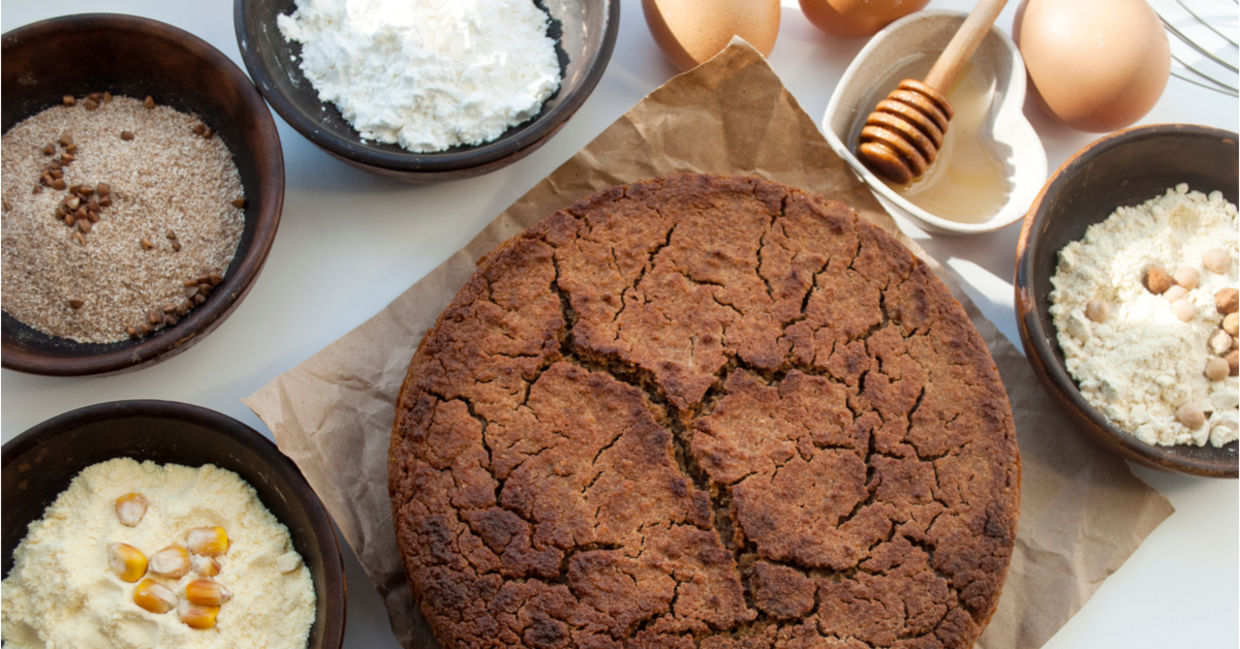
(Lina Ptashka / Shutterstock.com)
A myriad of delicious gluten-free flours line the shelves of grocery stores these days. Made from ground nuts and pseudo cereals, gluten-free flours are packed with nutrients and are an ideal healthy food for those with gluten sensitivities.
If you like to bake bread and do not want to think about substitutions or adjusting measurements, blended gluten-free flours are widely available. These are often a mix of brown rice, tapioca or sorghum flours combined with potato starch, guar gum or xanthan, according to Best Reviews. Combined, these ingredients react just like typical white flour. You can use these flours to replace white flour in all of your favorite recipes.
A healthy option is to do it yourself and experiment with pure gluten-free flours. You will find that some gluten-free flours are crumbly, while others are moist, or dry. Once you understand which gluten-free flour is best for your special menu ideas, using them may be as easy as pie!
Just remember to look for a certified gluten-free label on the package. From sauces to sweets, here are seven gluten-free flour options to consider, plus their best uses and recipe ideas.
Almond flour
Almond flour is made from ground, blanched almonds and is a favorite among the gluten-free crowd. It offers a nutty taste when used in baked goods including cookies, cakes, and pancakes.
Great for your health, it contains calcium, potassium, copper, manganese, iron, magnesium, monounsaturated fat and vitamin E, according to Healthline. Use almond flour in a one-to-one ratio to replace wheat flour.
As it will make your batter dense, use one extra egg. From pancakes, to quiches and cakes, check out these almond flour recipes from A Couple Cooks.
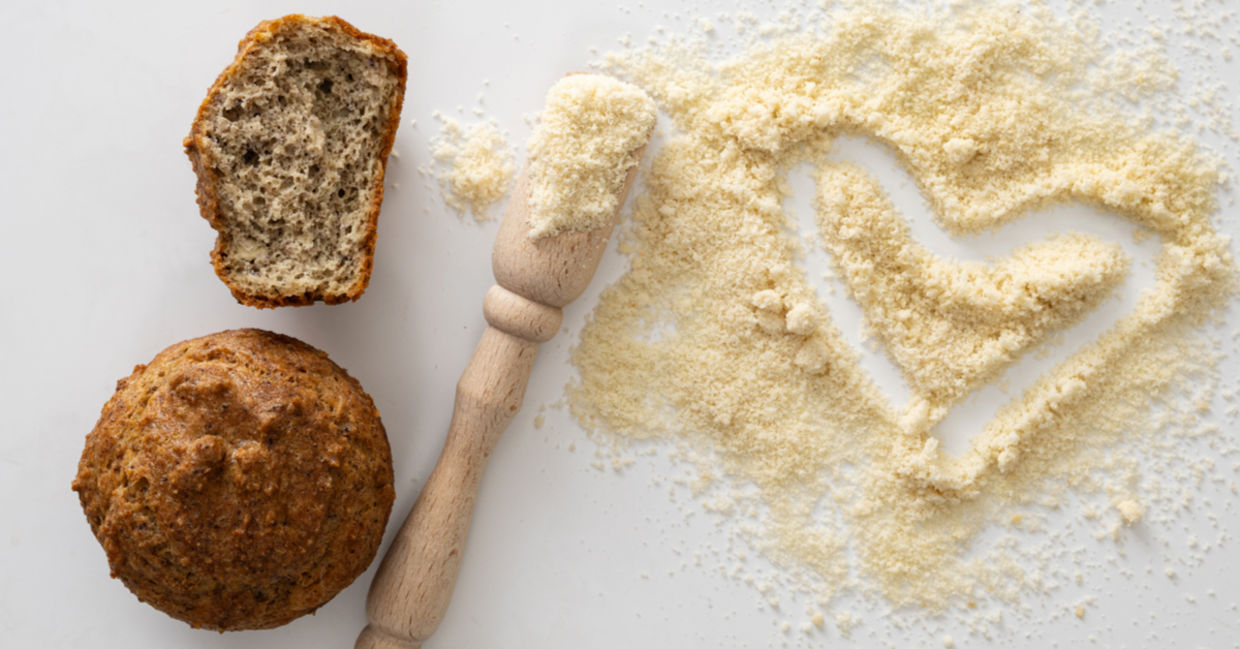
(Yushchuk Myroslava / Shutterstock.com)
Coconut flour
Made from dried coconut meat, this is a delicious and nutritious flour, ideal for those with nut allergies. Coconut flour is great to use in cakes, muffins, pancakes, cookies, and is also loved by those on the keto and paleo diets.
It is high in a healthy fat called lauric acid, triglycerides, and may even lower LDL cholesterol, according to Healthine. The fiber in coconut flour may also help maintain a healthy blood sugar level.
When using it to bake, keep in mind that coconut flour may absorb more water than regular flour. Coconut Mama offers a large selection of recipes using coconut flour.
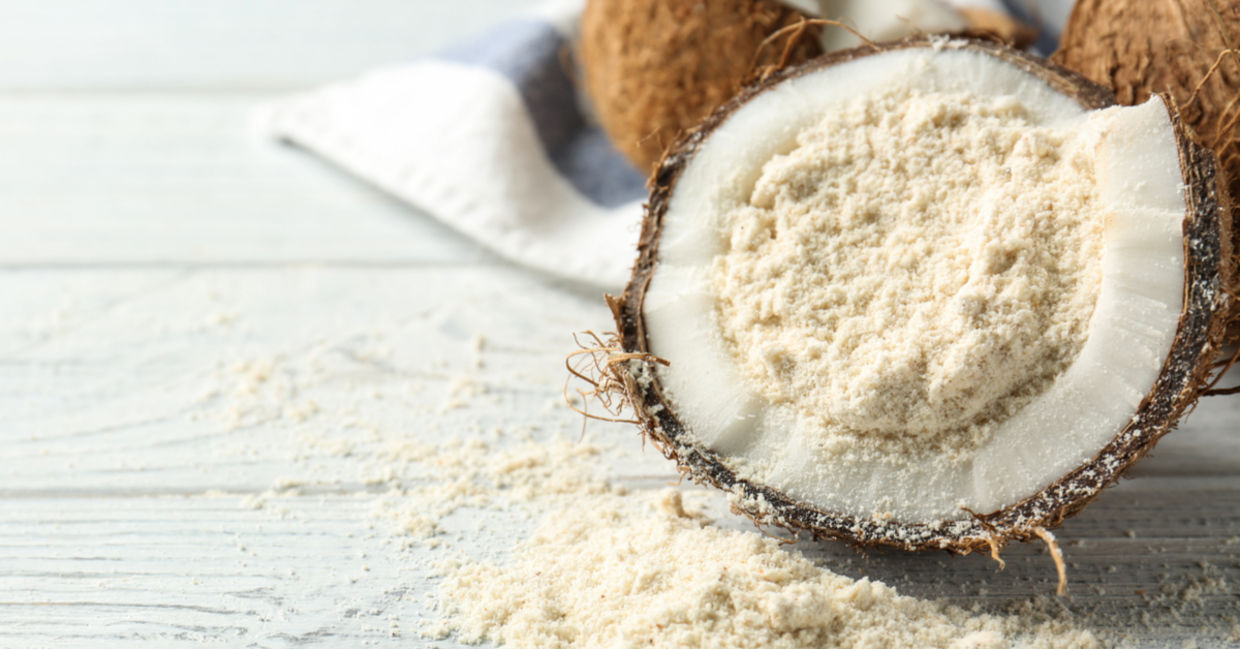
(Africa Studio / Shutterstock.com)
Oat flour
You can make this delicious flour at home by grinding oats in your blender! Oat flour contains beta-glucan, a soluble fiber that may lower LDL cholesterol, according to Healthline. It may also lower blood sugar as well as insulin levels. Oat flour is rich in B vitamins, phosphorus, magnesium, protein, and antioxidants.
Use oat flour when baking cakes, cookies, or crepes, or combine it with coconut flour, as suggested in these recipes by Minimalist Baker.
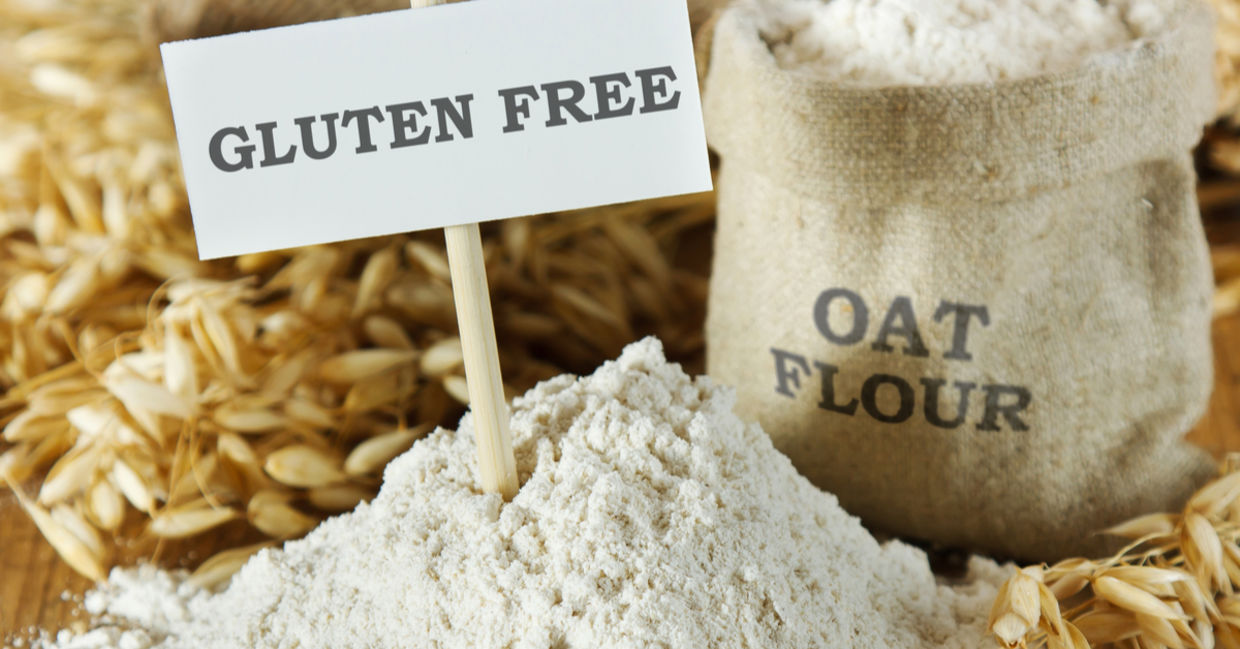
(Evan Lorne / Shutterstock.com)
Brown rice flour
Brown rice flour is made from ground brown rice and has a nutty taste. You can use it to thicken sauces and to replace white flour in fish and chicken recipes that call for breading, according to Healthline.
This flour is high in B vitamins, manganese, and magnesium. It is also rich in fiber and proteins, and contains lignans which may protect against heart disease. You can also use brown rice flour to make pancakes, cakes, and even pizza, as seen on cookpad.
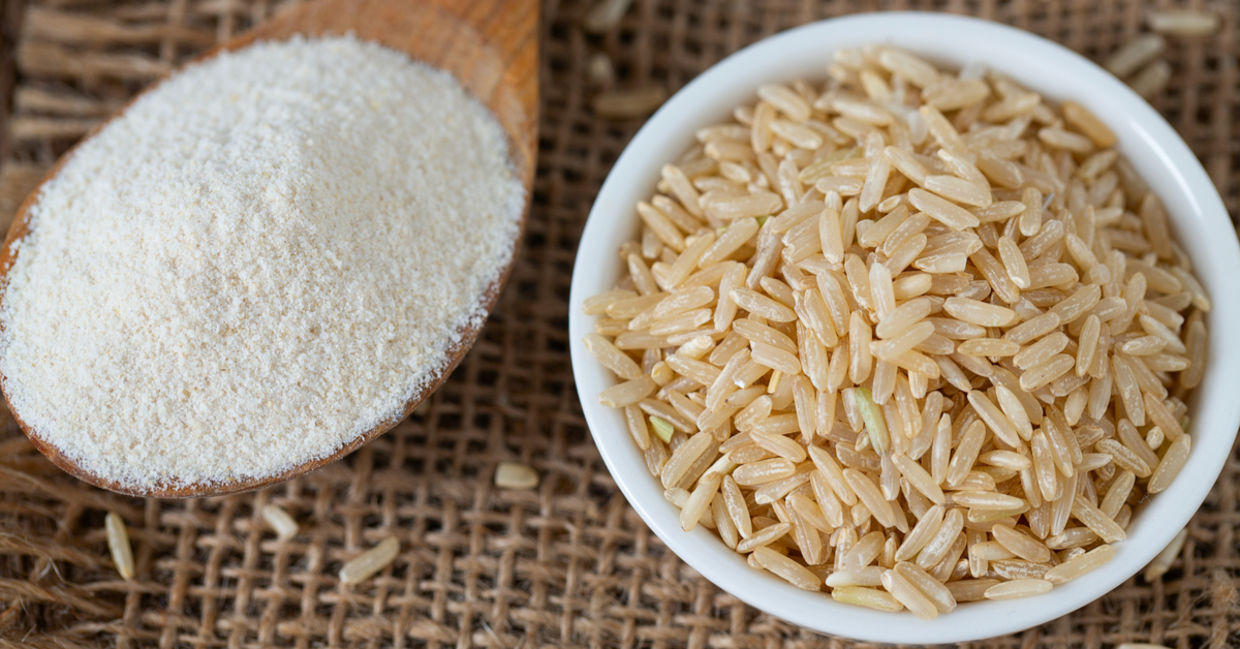
(Diana Taliun / Shutterstock.com)
Buckwheat flour
Even though this ingredient has the word wheat in it, it is gluten-free! Buckwheat has a nutty taste and is a favorite internationally, used in Japanese soba noodles, Indian chapatis, and French galettes, according to Greatist.
Buckwheat is high in B vitamins, and is mineral-rich with folate, iron, magnesium, manganese, and zinc, according to Healthline. It is also high in antioxidants and fiber and has anti-inflammatory properties.
Buckwheat is a popular ingredient in pancakes, cakes, cobblers, muffins and more, according to Moon and Spoon and Yum. You can make your own buckwheat flour by grinding raw, hulled buckwheat in a blender until it is fine and powdery.
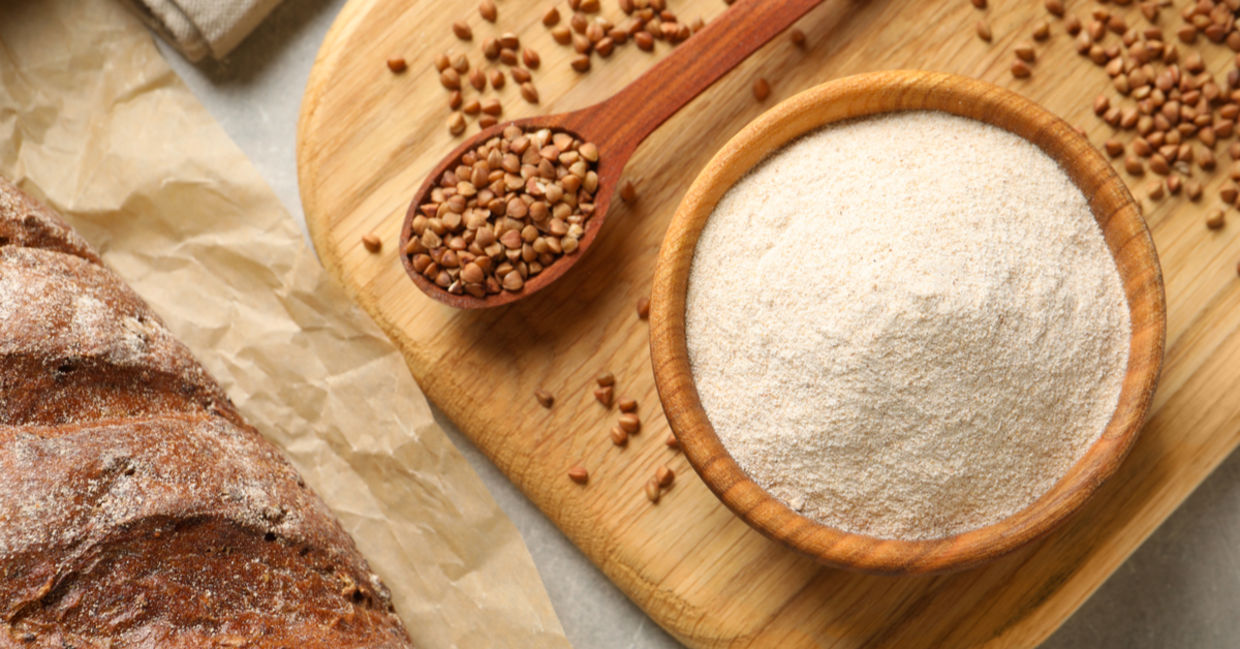
(New Africa / Shutterstock.com)
Amaranth flour
Traditionally used in a popped form in Mexican candy, amaranth is also a great choice for making desserts, according to Gnom-Gnom. It is made from either ground popped amaranth or ground amaranth seeds. You can buy popped amaranth to use as a cereal or an ingredient in granola, then grind it in a blender when you want to use it as a flour.
Earthy and nutty, amaranth is ideal when making pie crusts, bread, and tortillas, and it works best when mixed with other flours, according to Healthline. It contains iron, manganese, magnesium, phosphorus, and selenium, plus micronutrients that assist bone health, brain function, and the synthesis of DNA. From crumble to protein balls, check out these amaranth recipes from Pure Wow.
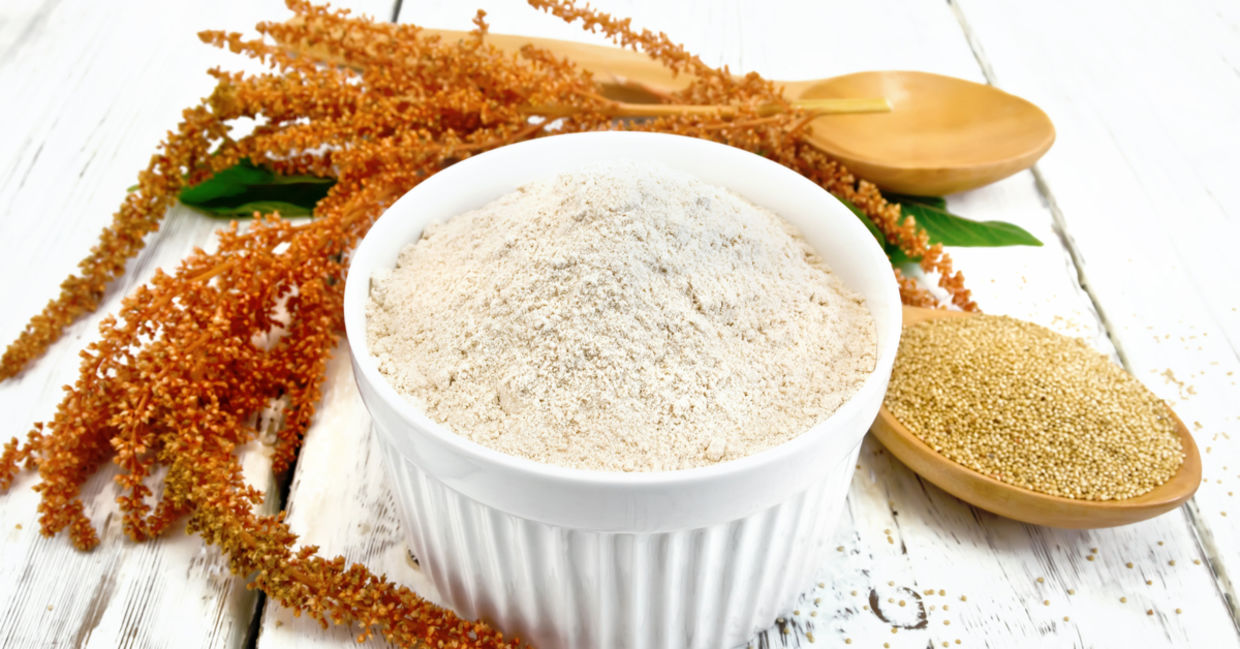
(kostrez / Shutterstock.com)
Breadfruit flour
This food staple from the Pacific islands is a new trend in the gluten-free market. A cooked, ripe breadfruit tastes like fresh baked bread, (wiki) so it is not surprising that it is being used as a substitute for bread flour. A nutritious and sustainable food option, breadfruit offers vitamin C, calcium, potassium, phosphorus and may help mitigate diabetes, according to News Medical.
The flour is made from drying slices of breadfruit and then grinding it. A 2020 study on PLOS ONE looked at the nutritious benefits of breadfruit flour. Researchers concluded that breadfruit is a complete protein with all essential amino acids. In fact, it has more amino acids than corn, rice, potato, or soybean, plus breadfruit has a low glycemic index.
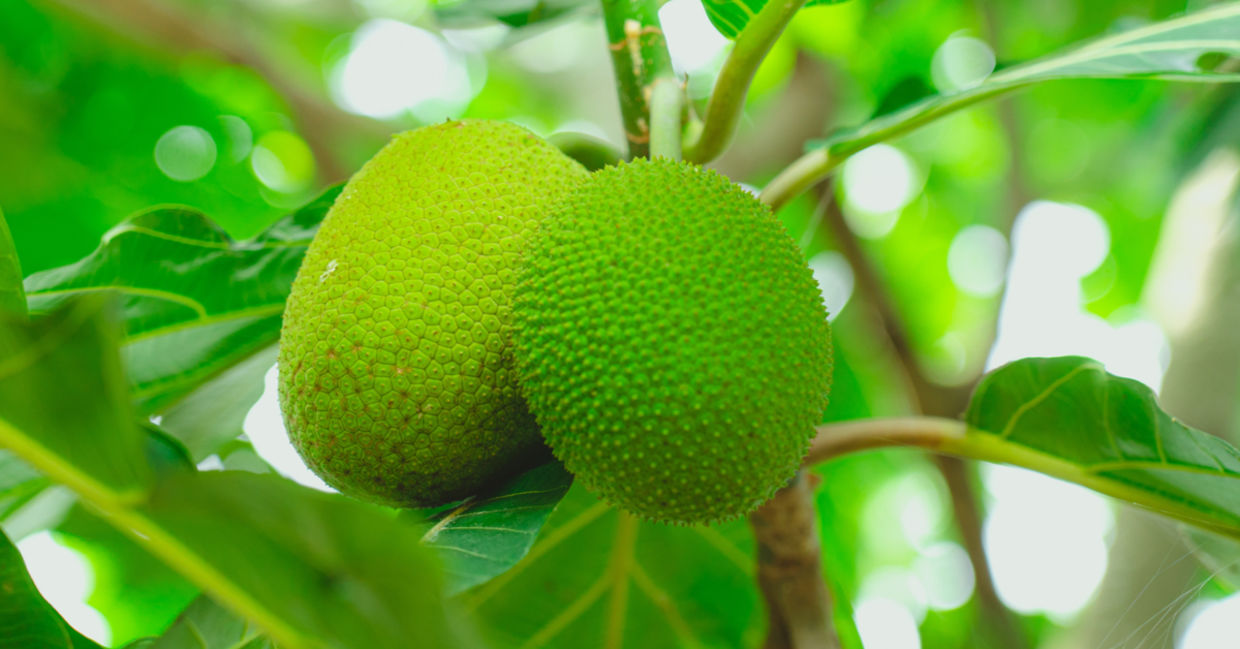
(2p2play / Shutterstock.com)







